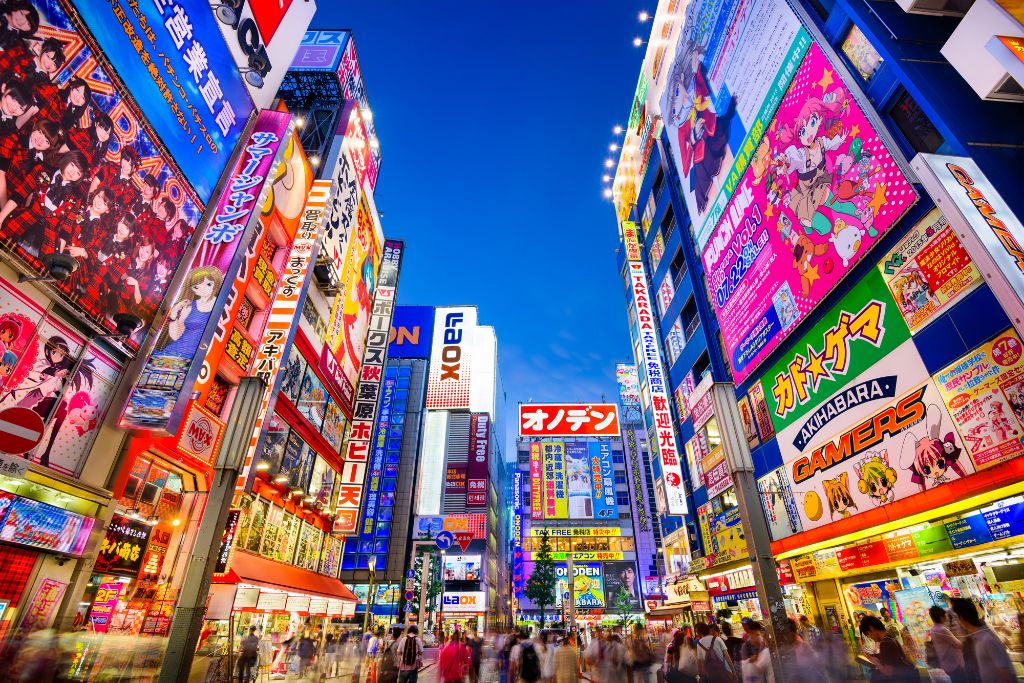The Heisei era opened with the death of Osamu Tezuka, the god of manga. His work was the basis for something that was previously unimaginable: the globalization of manga and anime. During the Heisei era, manga and anime exploded overseas, titles such as “Akira”, “Dragon Ball”, “Pokemon”, and “Spirited Away” at the forefront. This rise mostly happened due to the increasing appeal of Japanese creativity overseas, fan demand, and technological growth which made these products easier to access outside of Japan. Some companies were a bit hesitant to go international due to the domestic success, but others intended to go international from jump.
At the same time, otaku culture blossomed. The term was introduced in 1983 by writer Akio Nakamori to describe “socially inept manga and anime-obsessed nerdy types who were known to address each other in absurdly polite terms.” It wasn’t until 1989, the first year of the Heisei era, that the term reached the mainstream, when Tsutomu Miyazaki was arrested and sentenced to death for killing and mutilating four young girls and sexually molesting their corpses. Due to the loaded nature of the word, “otaku” took on a bad connotation in society. The Heisei era was spent nuetralizing the word. During this time, Akihabara became the hub of otaku culture, which led to perceptions of otaku changing, as well as the creation of the idol boom spearheaded by AKB48. Otaku culture also caught on overseas with fans of manga and anime.
As part of its “Defining the Heisei Era” series, The Japan Times took on this world in the two articles below:

Comments